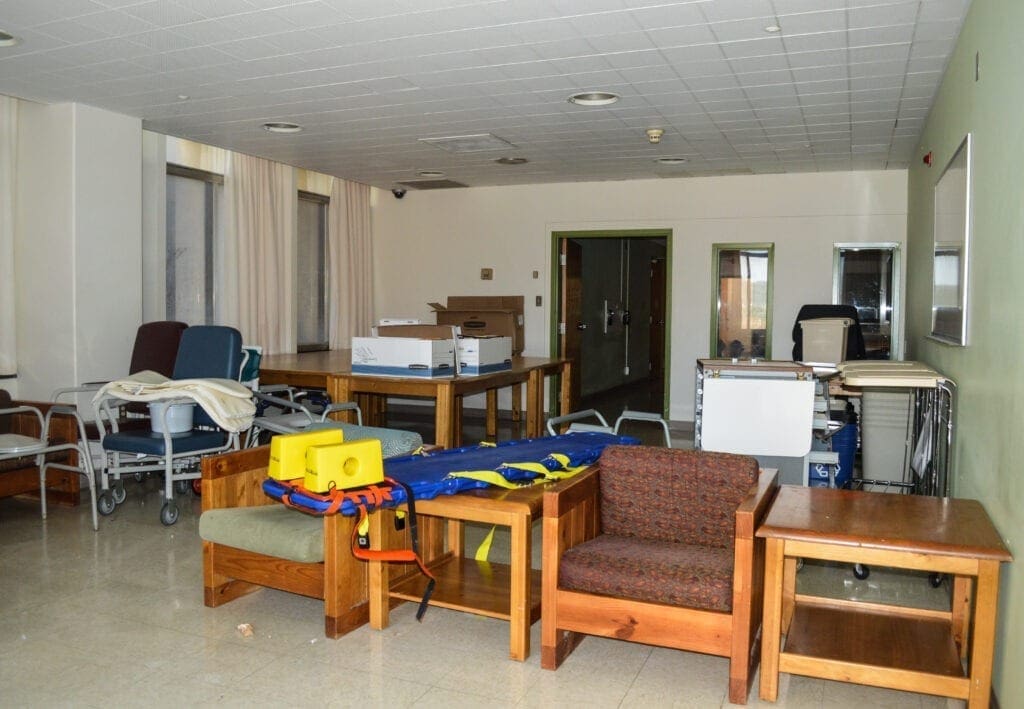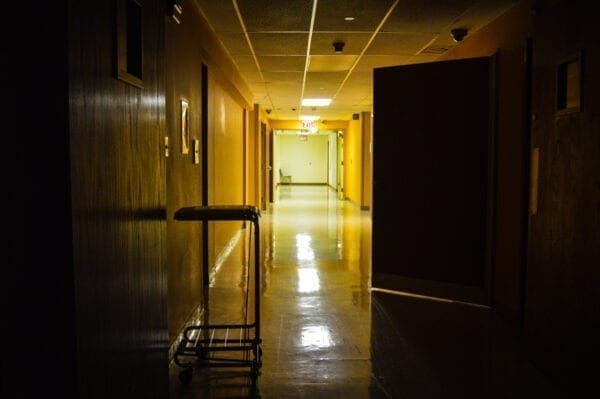She returned to working in psychiatric care in January, but September 4th still hurt.
Now employed in the new unit created at WVU Medicine Reynolds Memorial Hospital, Martha Connors is again helping the people for whom she holds great compassion, but the way Alecto went about operating all of the Ohio Valley Medical Center for two years before shuttering it all still draws out emotions.
“I started at Hillcrest in 2006, and left case management behind mainly for the benefits,” she said. “I was there when I was scheduled and also when they needed me. The pay wasn’t great, but those benefits that attracted me kept shrinking. Something had to make me stay. It was some of the people, many whom we called ‘frequent flyers.’ Mental illness is a chronic disease, and you’re never ‘cured,’ so people cycle in and out. Some cycled almost weekly, some less frequently, and a few yearly.

“There were patients who wanted to be there all the time, and they all had their own reasons. There were people who felt safe there and people who were repeatedly in crisis because they couldn’t self-regulate their emotions,” she explained. “Some couldn’t maintain housing due to substance abuse, or they were too sick to organize bills, housework, shopping, cooking, etc. And we had people who were able to recognize they needed an adjustment to their meds.”
So, instead of searching elsewhere for new employment that offered more compensation, Connors stuck with her coworkers and her people.
“I guess I stayed because, for the most part, because I ‘got it,’ and I knew that while there were people who didn’t try to make it work, the majority just couldn’t” she explained. “I felt like they needed someone who understood that. That’s the reason most of the employees stayed. They felt equipped to deal with all of it.”

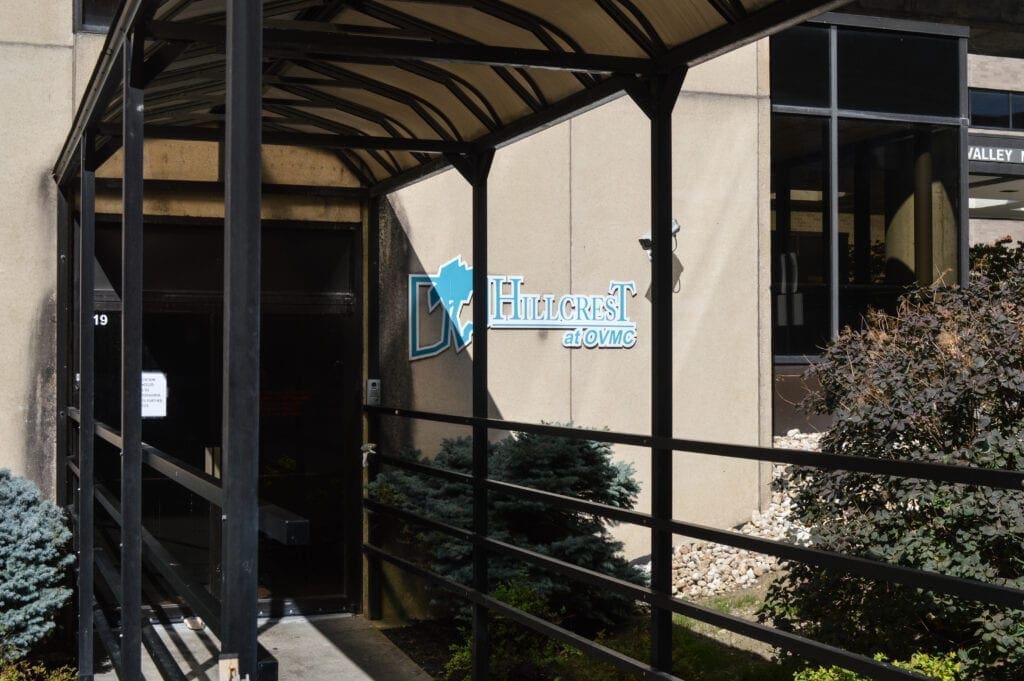
The Impact of the Void
On too many occasions has Connors noticed news stories and obituaries that have involved a name with which she’s familiar from her tenure at Hillcrest. Each time she has posted on her Facebook timeline a request for prayers.
“It’s terrible, and not knowing about the others is torture,” she insisted. “One man in particular I’ve been trying to get information about, I found out from another patient that he’d died recently. But I don’t know how, or if it was quick, or if he suffered, or if he was alone.
“Some of the suicides and accidental overdoses I know could easily have happened even if Hillcrest had remained,” Connors continued. “But there are some that I believe in my bones we could have helped, if only for a little while.”
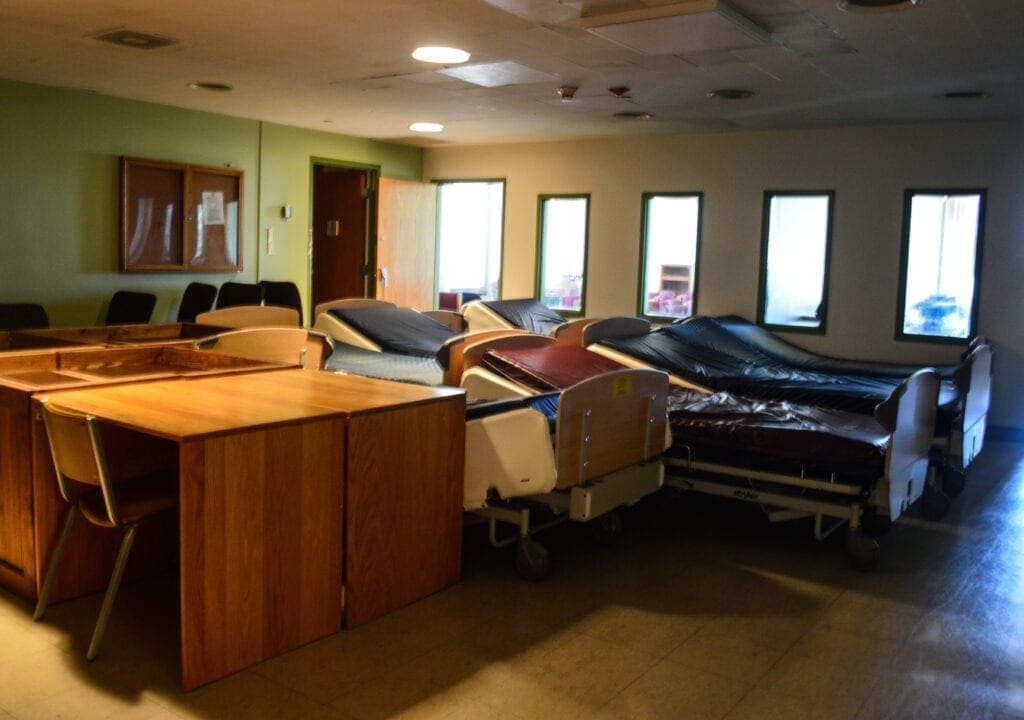
Soon after Alecto closed all medical practices on the OVMC campus, the Upper Ohio Valley was without voluntary and involuntary psychiatric care, and that has forced local deputies with county sheriff’s offices to travel increased distances to transport those in need. This past summer, though, a 25-bed floor at the Glen Dale-based facility opened and has been busy since the first day.
“I initially thought I’d see many of the same patients I had at Hillcrest. There are some, but they’re few and far between. Sometimes I get someone who had an admission years ago and never had to come back,” Connors reported. “I’m pretty happy there, LOVE my coworkers, and WVU has been a great organization to work for, and they really come through with those benefits. The work itself can be hectic, and it’s often frustrating.
“We have so many of our former patients who had nowhere to turn for months, and now we’re getting more and more Marshall and Wetzel County people,” she said. “People have been struggling without local care.”
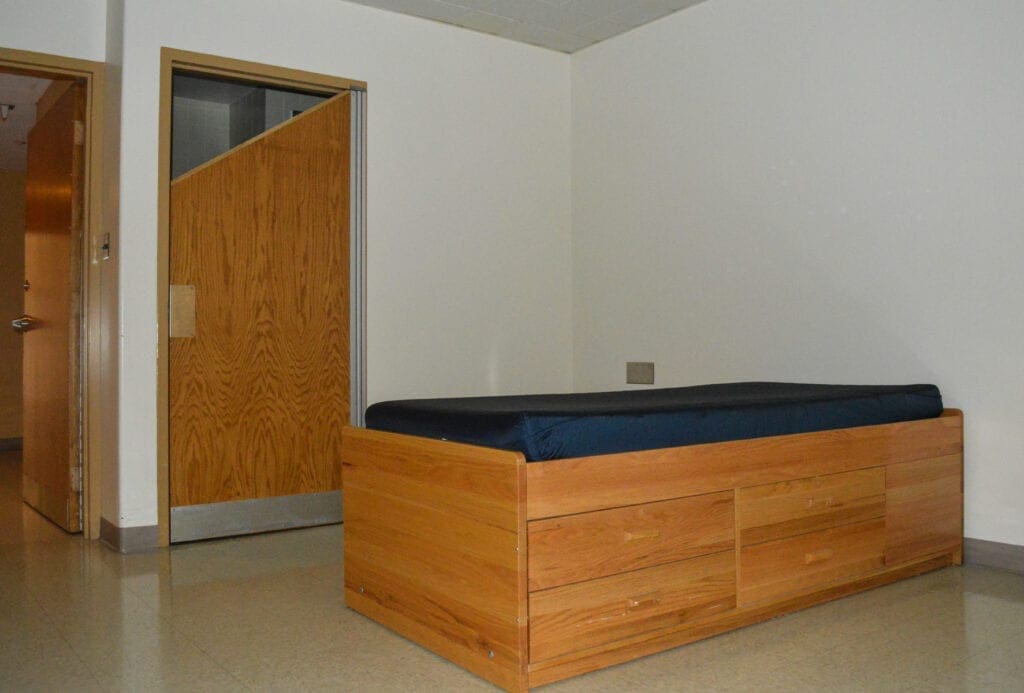
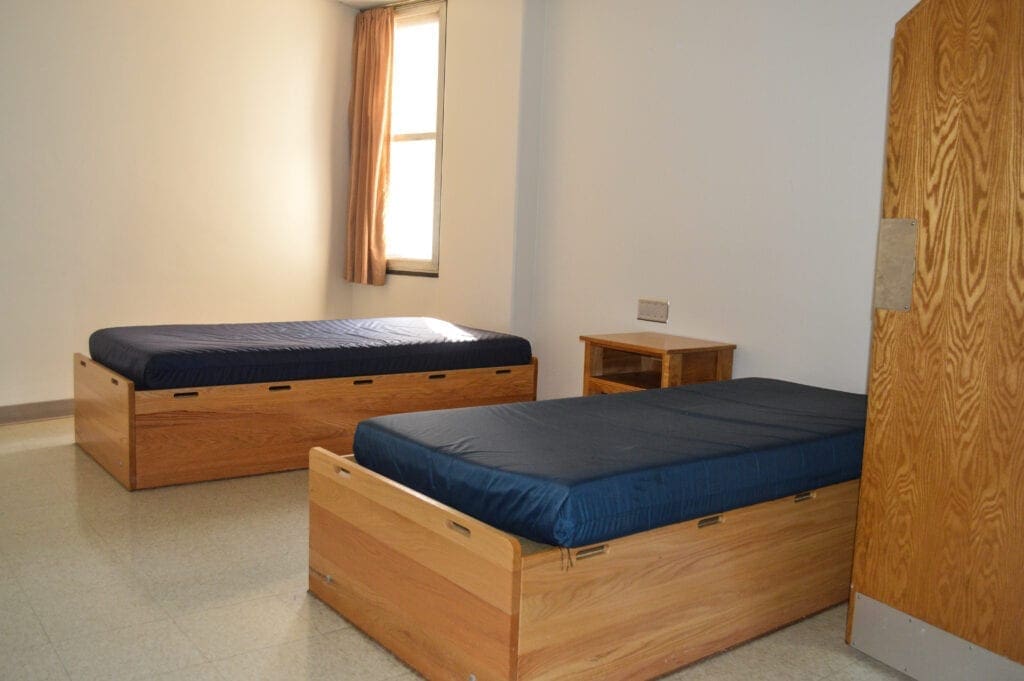
Facility’s Future?
Her wish did not come true when she created the Save Hillcrest/OVMC/EORH Facebook page prior to the facility’s closure.
There was no real help from the federal government or from the state. Only disgust was communicated by the senators and representatives in Washington, D.C., and by Gov. Jim Justice, but little else. Now the campus is owned by the city of Wheeling.
“Everyone knows I was hoping for a purchase either before or shortly after closure. But by that last day that we sent the last Hillcrest patients out, I knew it wasn’t going to happen,” Connors recalled. “WVU did quickly commit to having an inpatient unit at Reynolds Memorial, and it’s a very modern, safe place. It took months to build in that safety, and it was sometimes frustrating to wait, but I would never want to trade safety to rush an opening. At one time, Wheeling Hospital talked about building a unit, but they’ve been silent about that for some time now. And I still don’t know how the homeless and economically disadvantaged would get there. That is the reason I’d hoped the Hillcrest section could be saved.
“Now, I frequently see people posting that it should house the homeless, but I don’t think people understand all that goes along with that. You don’t just unlock the doors and invite the homeless in. You need beds and other furnishings, you need supplies, and you need utilities,” she added. “There’s also the cost of staff because they would absolutely need people to screen and supervise. Plus, there’s insurance, and licensure. It sounds great, but where does that money come from? A tax increase to upgrade and then house the homeless? That would be very controversial, and you’d be looking at a long timeline.”

